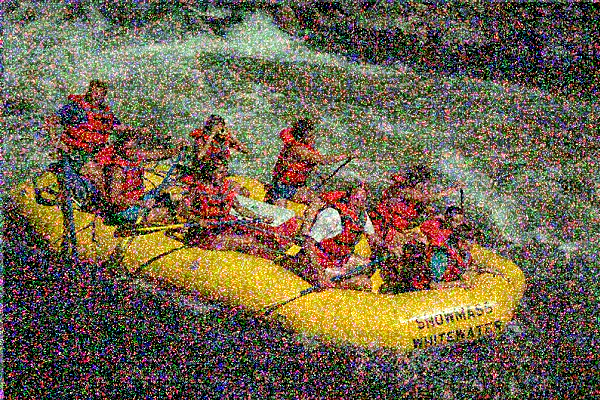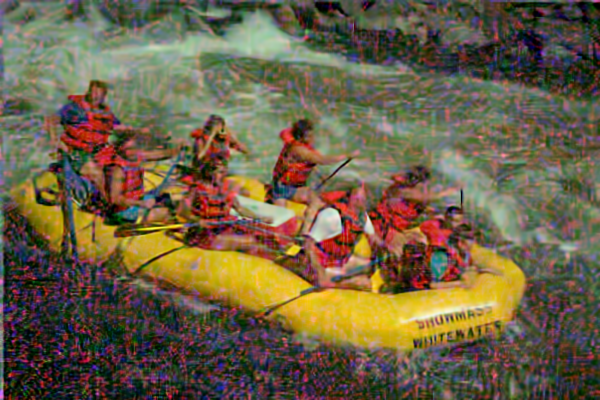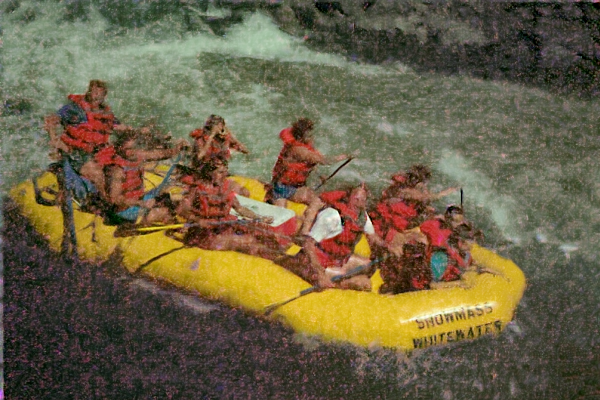Section: New Results
Adaptive Transfer Real Image Restoration
Participants : Hicham Badri, Hussein Yahia.
Image restoration is a very challenging task in low-level vision and is extensively used in many imaging applications. Sparsity in various forms (dictionary learning, low-rank estimation,...) has shown to be the key for succesful image denoising. However, the standard noise model used to validate the results is mainly Gaussian and uniform, with known standard deviation. Unfortunately, these assumptions do not hold for real camera noise. Instead of using sparsity to model the singular values of non-local clean similar patches, we use a learning model that trains a mapping between the noisy and ground-truth clean singular values. The training is performed on real camera noise, contrary to previous methods. Experiments show that the proposed method signficantly outperforms previous denoising works on real non-uniform noise and does not require estimating the standard deviation of the corruption. See figure 4 .






